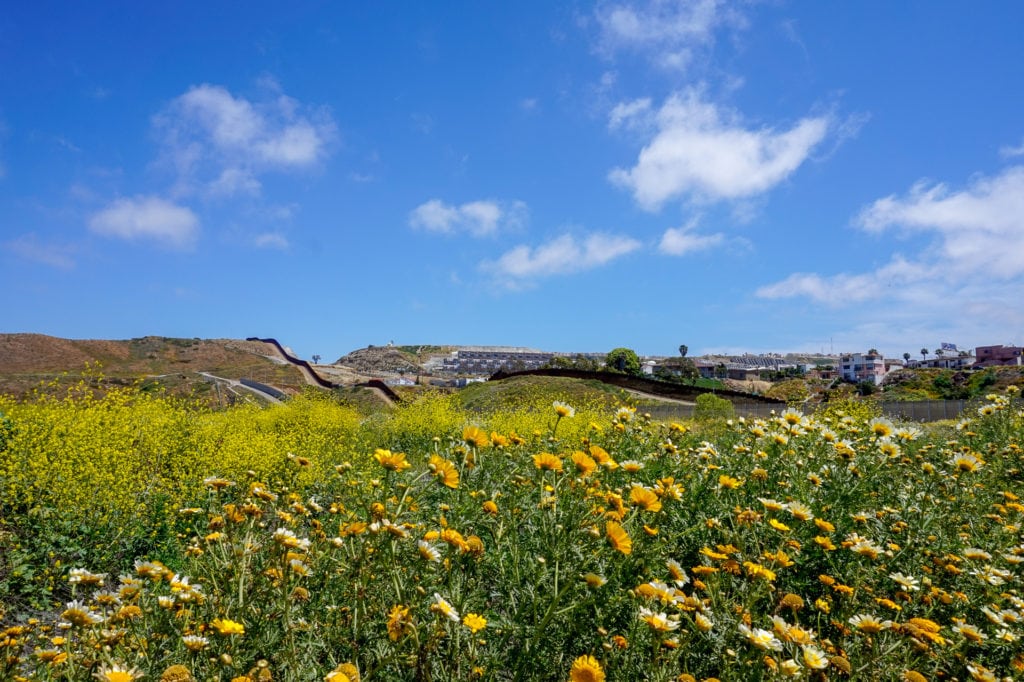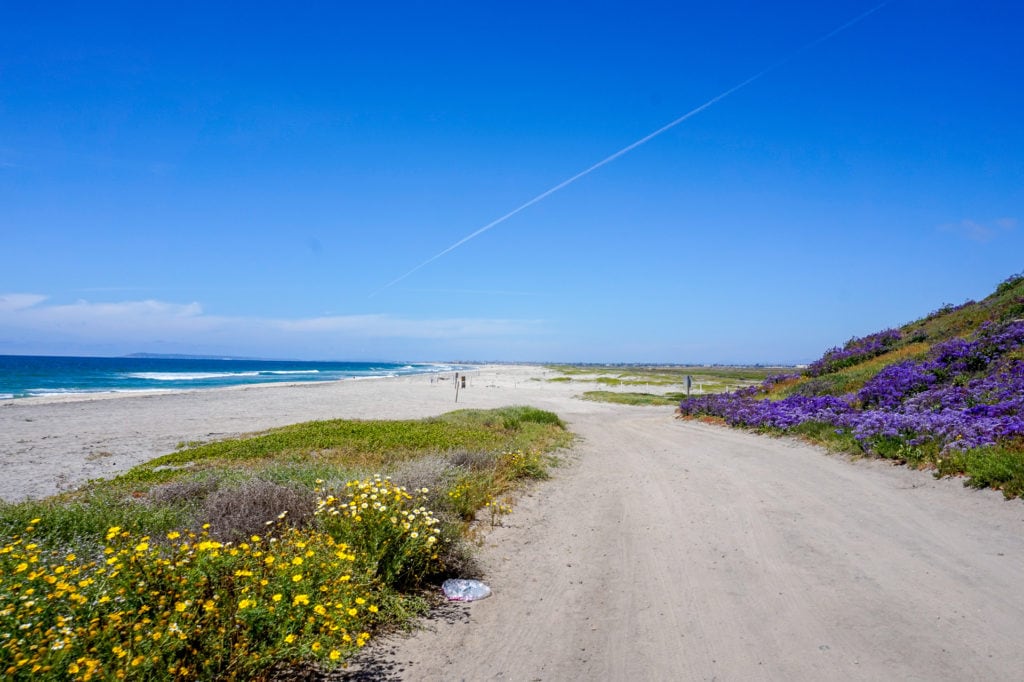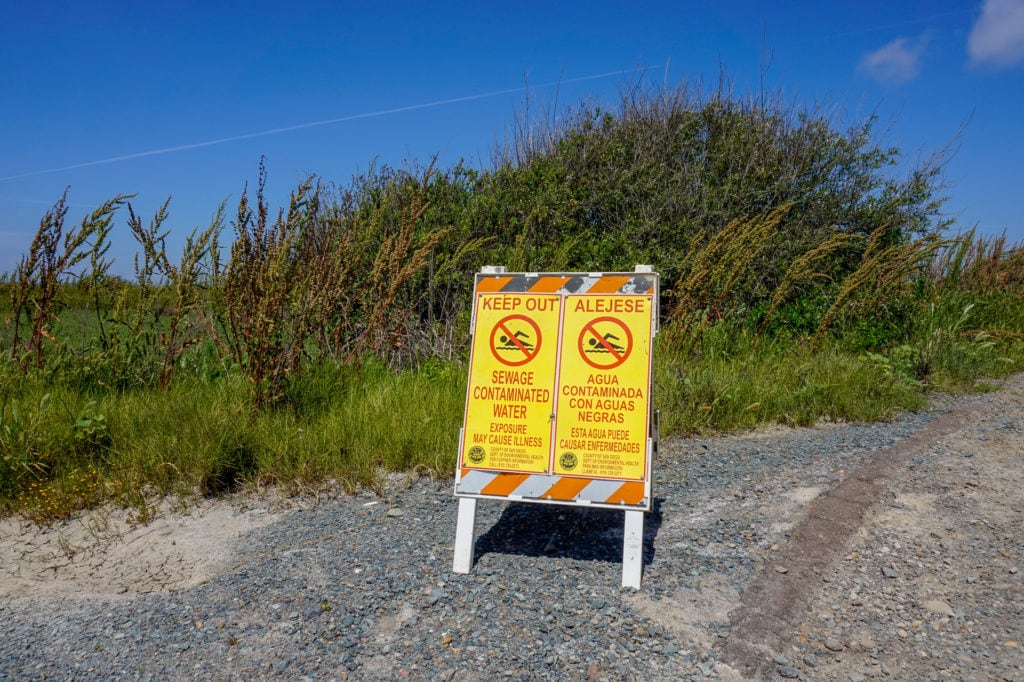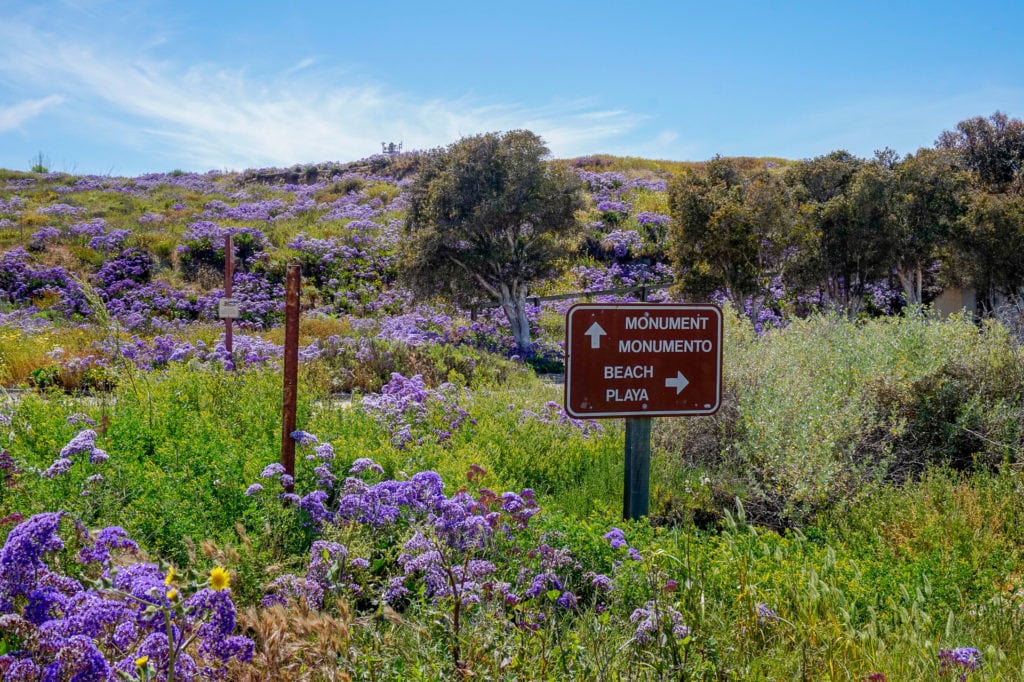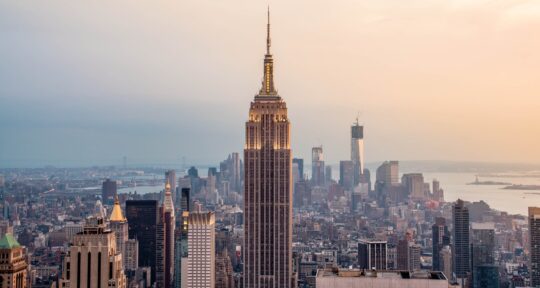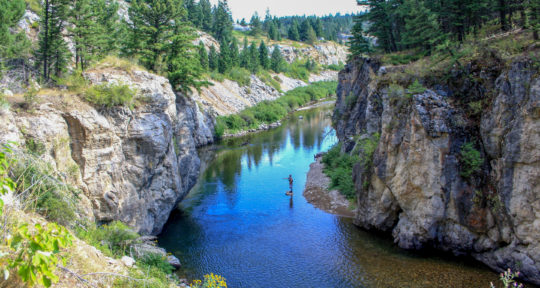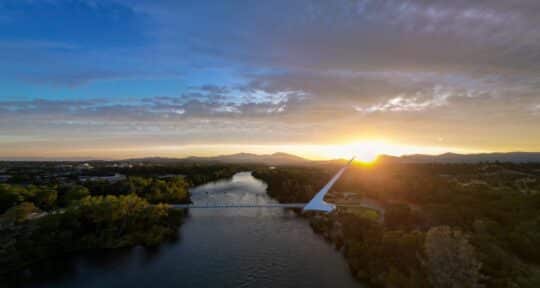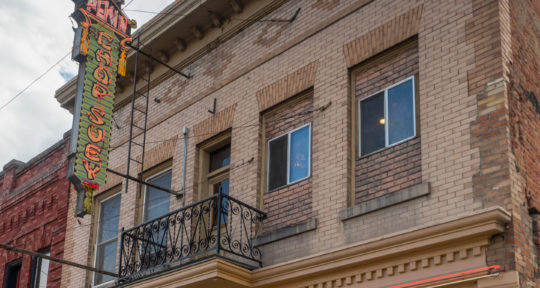Teetering on the edge of the continent and blanketed under an almost eternally cloudless sky, ocean waves gently undulate atop the black-streaked beach. Close your eyes and it’s as though you’ve left all signs of society behind in favor of an unspoiled Arcadian panorama.
But glance southwards and the reality of today’s stark borders—both physical and mental—brings you screeching back to the real world. An imposing wall of jagged steel mars the landscape, cutting into the ocean that unites North America’s western half with our continental neighbors. This is the southwestern border of the United States in California’s Border Field State Park.
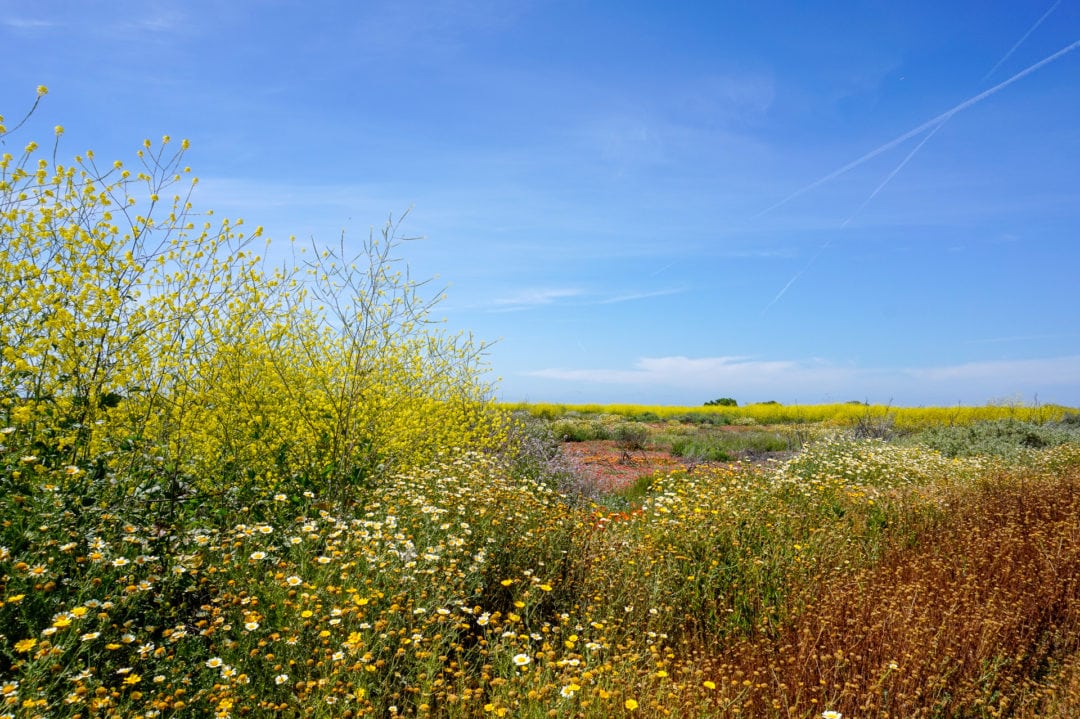
Border Field State Park lies 15 miles south of central San Diego and is part of the Tijuana River National Estuarine Research Reserve, the largest coastal wetland in Southern California. As the final segment of the Tijuana River Watershed—a 1,750-square-mile area straddling the United States and Mexico—before emptying into the Pacific Ocean, this wildlife habitat is one of the last remaining salt marshes in the region. It serves as a crucial stop point for hundreds of bird groups, some of which are classified as endangered.
It’s also home to Friendship Park, a binational half-acre space sandwiched between the two border fences just up the hill from the heavily patrolled beach.
The park’s relative geographical seclusion helps keep the protected area mostly undisturbed by humans. But that’s not the only reason visitors are sparse.
Border Field State Park is difficult to access. Due to its lowland status and frequent flooding, vehicles are almost always forbidden from passing the locked state park entrance gate. The path leading to the beach can barely be called a road; there are more potholes than paved areas, more hoof prints than tire tracks.
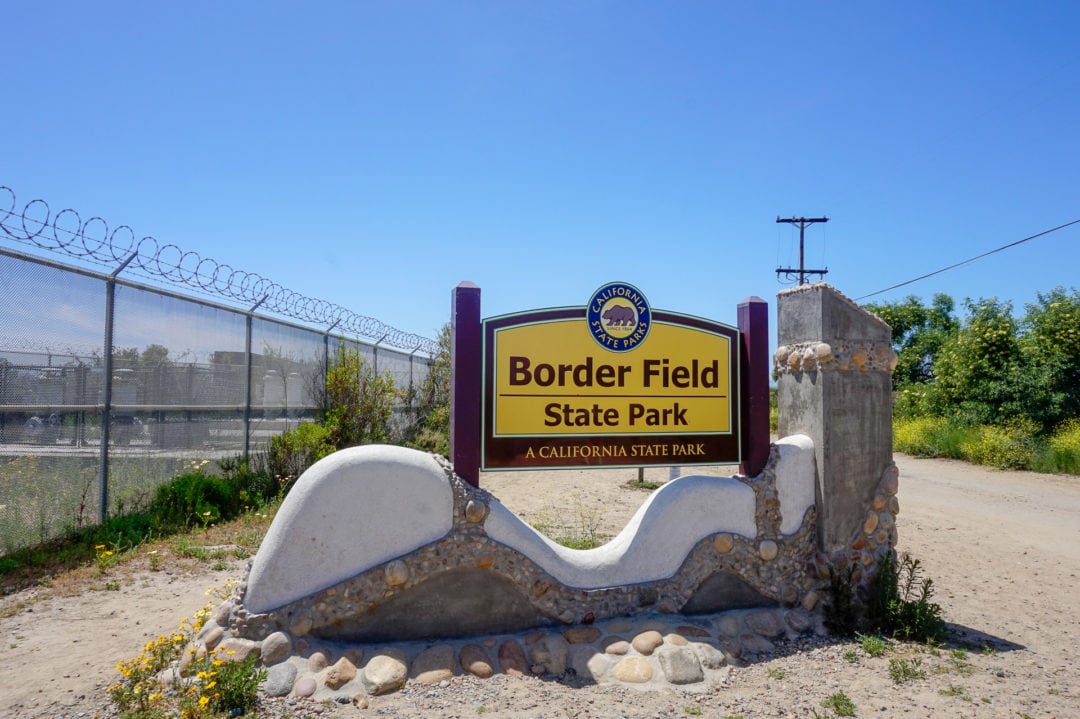
Hikers, equestrians, and off-road bicyclists are typically able to traverse the roughly 1.5-mile trail to Monument Mesa during daylight hours and agreeable weather, which isn’t generally an issue in sun-soaked San Diego.
Once one arrives at the border zone, however, it’s typical to face armed Border Patrol guards policing the area, keeping an eye on visitors. The pervasive feeling of militarized voyeurism can feel off-putting to birdwatchers and hikers just looking to enjoy the bucolic scenery—but visitors are both free and welcome to explore the marshlands and surrounding paths.
Across the border
Approaching the same area from the Mexican side is a different enterprise entirely. No such security measures exist on the southern flank, where families can congregate, run around, picnic, or simply relax without trepidation. But fewer families are gathering nowadays, because of political pressure that led to strict new rules limiting the use of Friendship Park on the American side.
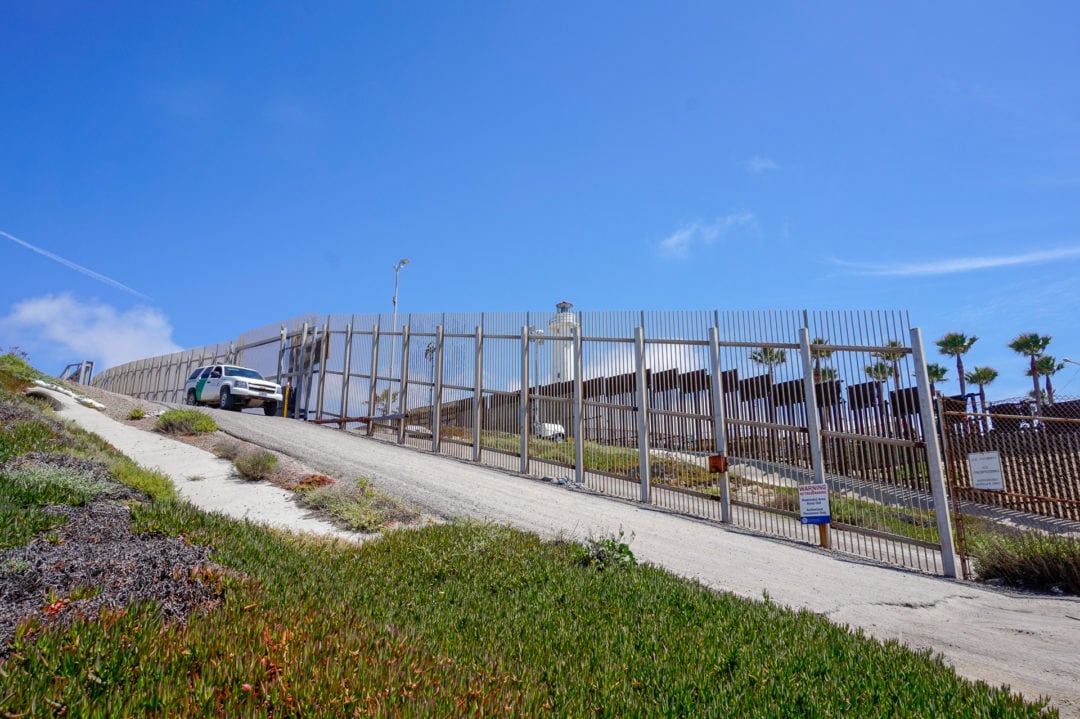
For years, Friendship Park was the sole place where people in both countries could come face-to-face with family and friends for a few precious hours each weekend, some even sneaking in some skin contact by pressing fingers together through the fence. These bittersweet scenes led to ThinkProgress dubbing Friendship Park “the most heartbreaking place in America,” and helped humanize the struggle of families divided by a metal barrier.
Enrique Morones, founder and director of the non-profit human rights organization Border Angels, oversaw six “Opening the Door of Hope” events between 2013 and 2017 at Friendship Park. These humanitarian gatherings allowed a handful of family members to cross through the border fence for temporary (and brief) reunifications with loved ones.
But the gates have been locked for years, mainly due to increased anti-immigrant rhetoric and violence within the park’s boundaries. Friendship Park is now only open on Saturdays and Sundays from 10 a.m. to 2 p.m. with absolutely no physical contact through the fence allowed. Border Patrol agents are also authorized to limit the number of people and request identification from those in the area at their discretion. Additionally, visits are now limited to thirty minutes; previously, there were no time constraints.
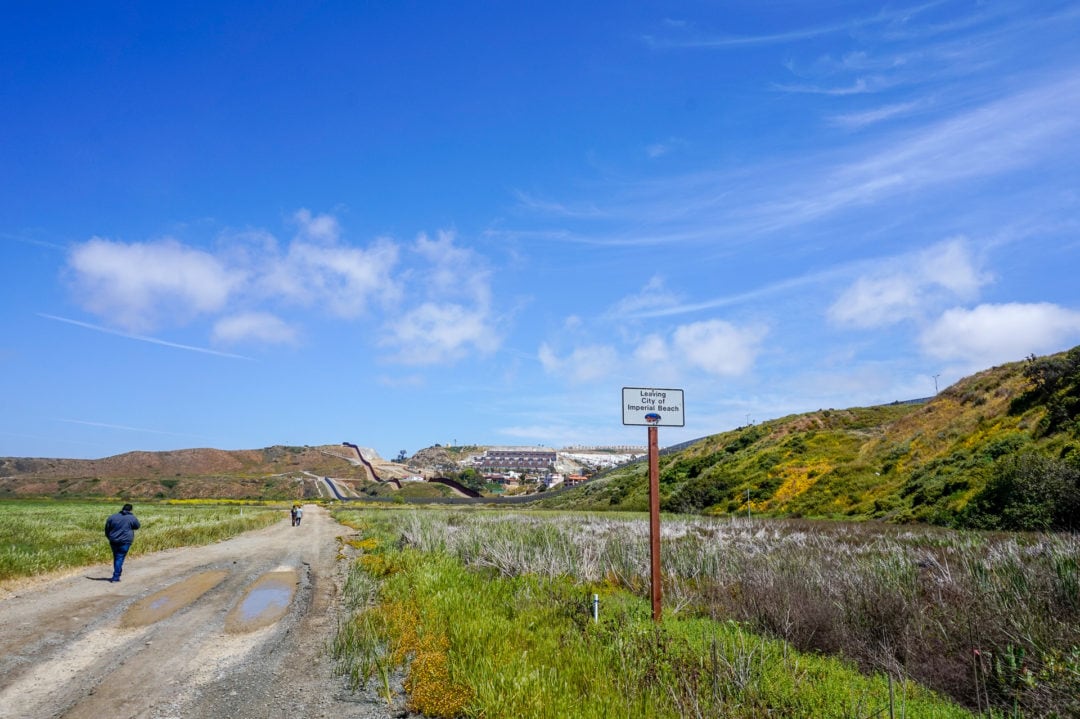
Even when Border Field State Park was operating under normal circumstances, simply getting to this semi-neutral zone was inconvenient at best and harrowing at worst for many visitors. The San Diego Union-Tribune describes families traveling hours from destinations like Las Vegas for the chance to interact with loved ones separated by razor wire and armed guards. Couple this with the tight vehicle restrictions and all but the most determined people are eliminated.
But Morones is hopeful these new constraints will eventually be loosened and Border Angels’ work can continue in both countries.
“[Right] now, we only do events on the Mexican side,” he explains. These range from free legal consultations to concerts, soccer clinics, and yoga. With no visitation limitations to the area from Mexico, gatherings have continued and even flourished just steps away from the California state park.
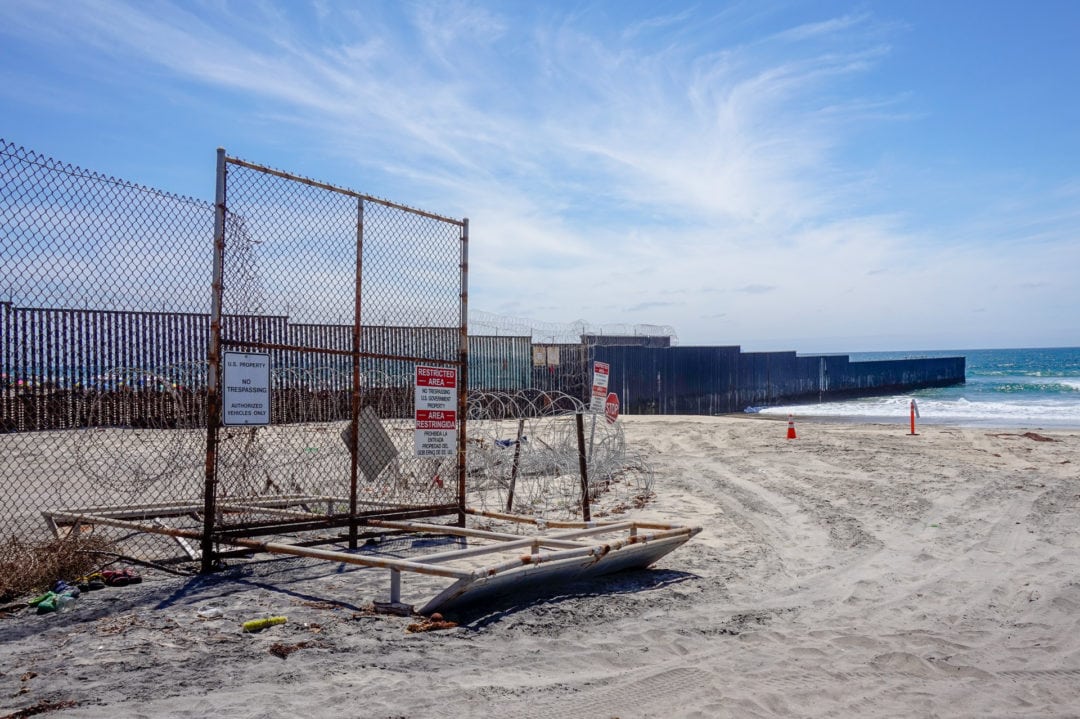
One of the least visited parks
Former president Franklin D. Roosevelt famously said that the fundamental idea behind our national parks “is that the country belongs to the people, that it is in the process of making for the enrichment of the lives of all of us.” The sentiment often rings true when it comes to state parks as well. But it’s a little more complicated in Border Field State Park. Still, its rich history and biodiverse importance make it one of the most singularly unique parks in the country.
At the park’s dedication ceremony in 1971, former First Lady Pat Nixon proclaimed, “May there never be a wall between these two great nations, only friendship.” Today, the park is mostly quiet, but the ghosts of reunifications past hang heavy in the shadow of the border barrier, giving the entire area an eerie, somber vibe. Guests aren’t allowed in the park past nightfall, but if they were, they’d be able to glimpse thousands of lights from nearby homes on both sides of the border, reminding them that civilization is near, even tantalizingly close for those separated by the park itself and the wall it contains.
-
Blooming fields offer a sharp contrast to the border fence in the distance. | Photo: Sanna Boman -
The beach on the American side is mostly empty. | Photo: Sanna Boman -
Signs warning about contaminated water within the park. | Photo: Sanna Boman -
Monument straight ahead; beach to the right. | Photo: Sanna Boman -
An easy 3-mile hike is required to access Friendship Park this time of the year. | Photo: Sanna Boman
Despite its unique juxtaposition between man-made barriers and nature, Border Field State Park is one of the least visited state or national parks in the United States. Fewer than 62,000 people visited between 2014 and 2015; by comparison, around 5 million visitors checked in at Grand Canyon National Park in that same timeframe.
But to those who make the trek to Border Field, it’s often for reasons more significant than a picturesque picnic area or world-class birdwatching venue. It’s a rare opportunity to reconnect with people separated by borders, many of whom share the sole wish of a hopeful, better future.
Morones says, “Love has no borders. Love is an action, not just a word.” When one looks around the pristine, wild landscape of Border Field State Park, it seems like it’s worth the journey.
If you go
Friendship Park is open Saturday and Sunday, 10 a.m. to 2 p.m. The road leading to the park is currently closed, but can be accessed through an easy 3-mile (roundtrip) hike.
